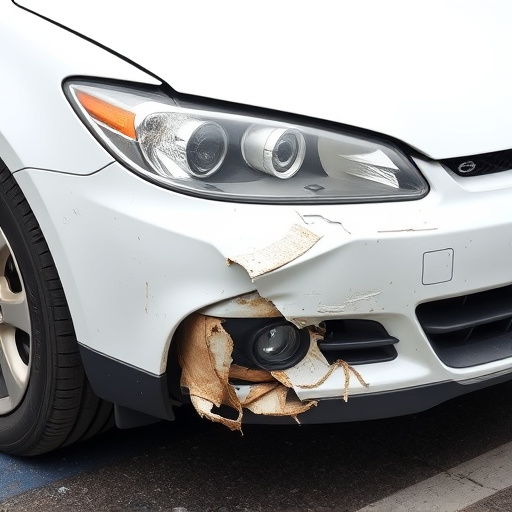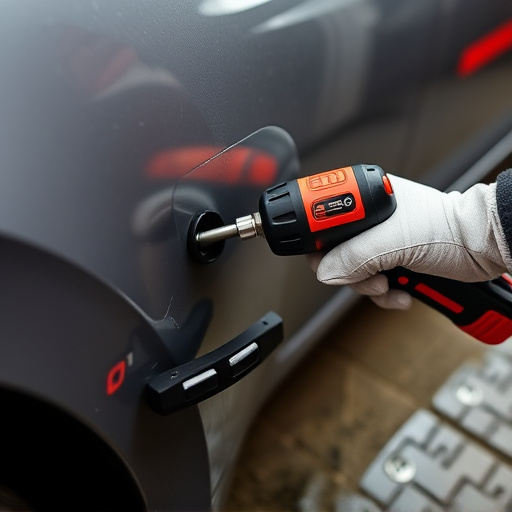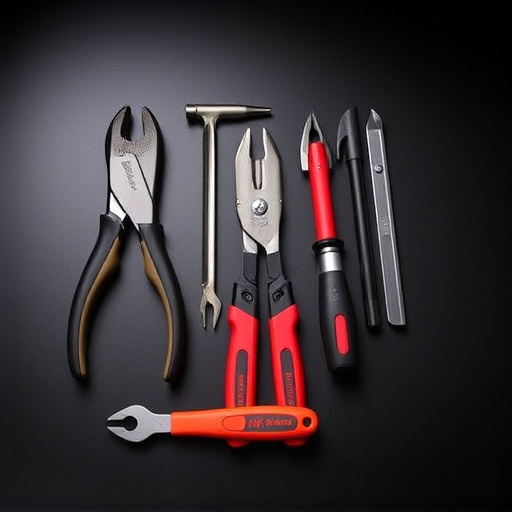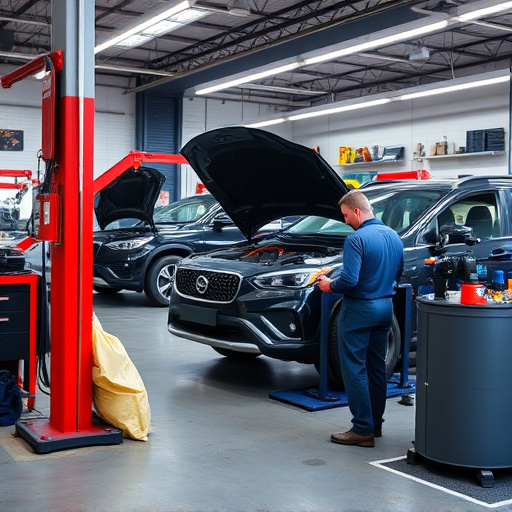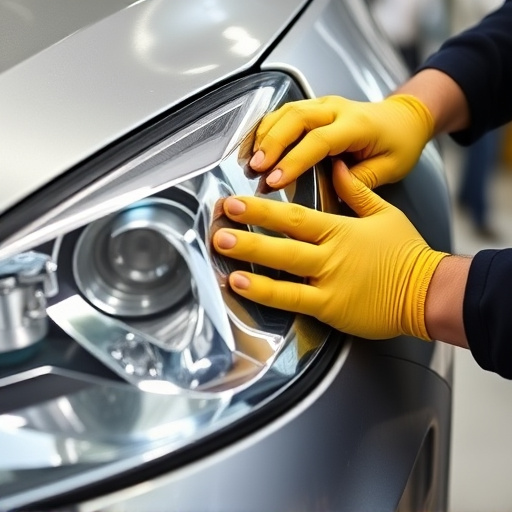Collision repair audits analyze automotive shops' operations, identifying inefficiencies like excessive downtime and communication gaps. By addressing these issues, shops can reduce costs, improve customer satisfaction, and enhance market position. Audits optimize procedures, ensure quality control, and highlight critical areas for training improvement, ultimately elevating service quality and attracting satisfied customers.
In today’s competitive market, shop management must leverage every advantage to stay ahead. Collision repair audits emerge as a powerful tool, offering invaluable insights into operational inefficiencies and quality control issues. By meticulously analyzing repair processes, materials usage, and technician performance, these audits uncover areas for improvement that can revolutionize shop operations. This article explores how collision repair audit findings can drive data-driven improvements, enhance quality control, and ultimately solidify a shop’s reputation as an industry leader.
- Uncovering Inefficiencies: What Shops Reveal Through Audits
- Data-Driven Improvements: Transforming Shop Operations
- Enhancing Quality Control: Learning from Common Collision Repair Mistakes
Uncovering Inefficiencies: What Shops Reveal Through Audits
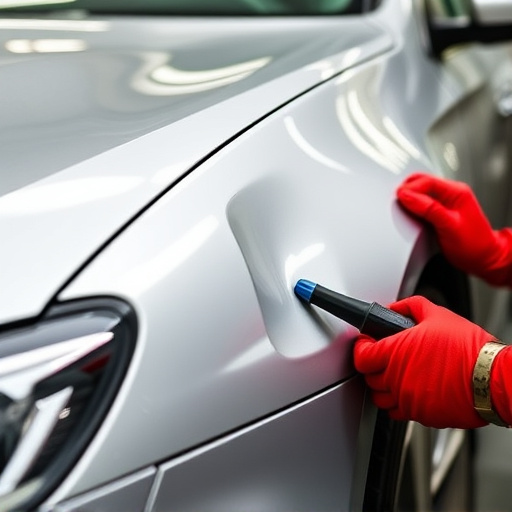
Collision repair audits offer valuable insights into the inner workings of automotive service shops, exposing inefficiencies that can hinder productivity and profitability. By meticulously examining each step of the collision damage repair process, from initial assessment to final inspection, auditors uncover areas where time and resources are not being utilised optimally. For instance, a common finding is excessive downtime between tasks due to lack of organisation or inefficient inventory management, leading to increased labour costs.
These audits also highlight issues with communication and training, particularly in complex cases of automotive body work, such as bumper repairs. Shops may be missing opportunities for streamlining workflows, adopting better practices, and enhancing overall efficiency. By addressing these inefficiencies, collision repair shops can not only reduce operational costs but also improve customer satisfaction through faster turnaround times and higher quality workmanship, thereby solidifying their position in a competitive market.
Data-Driven Improvements: Transforming Shop Operations

In today’s competitive market, data-driven insights from collision repair audits are invaluable for any auto body shop looking to stay ahead. By meticulously analyzing audit findings, shop management gains a clear understanding of their operations and identifies areas for improvement. This process transforms traditional practices into streamlined, efficient procedures, enhancing overall shop performance. For instance, identifying inefficiencies in tire services can lead to optimized scheduling and inventory management, reducing wait times and improving customer satisfaction.
Similarly, collision damage repair processes benefit from such audits, revealing opportunities to enhance precision and speed. Data-driven decisions ensure that the shop’s operations align with industry best practices, enabling them to offer top-quality services at competitive prices. This strategic approach not only attracts more customers but also fosters loyalty by delivering consistent, reliable results in every collision repair job.
Enhancing Quality Control: Learning from Common Collision Repair Mistakes

Collision repair audits provide a wealth of insights for shop management to enhance their quality control processes. By meticulously reviewing common mistakes found during collision repairs, auto body shops can identify areas for improvement and ensure superior craftsmanship. One of the primary lessons learned is the critical importance of attention to detail, especially in intricate auto painting and auto glass replacement procedures.
Through these audits, managers gain a clearer understanding of recurring errors, such as misaligned panels or inconsistent color matching in auto painting. This knowledge enables them to implement stricter training programs for employees, focusing on precision and consistency. As a result, shops can elevate their overall service quality, attract satisfied customers, and foster a reputation for excellence in collision repair and auto body services.
Collision repair audits offer invaluable insights for shop management, uncovering inefficiencies and providing a data-driven approach to improve operations. By learning from common mistakes and enhancing quality control measures, shops can elevate their standards and deliver superior customer experiences. Through these strategies, shop managers can transform their businesses, ensuring every collision repair process is optimized and efficient.
